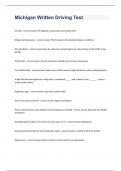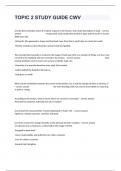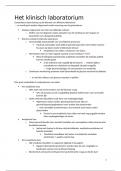Samenvatting
Samenvatting Schiavo, hoofdstuk 1: what is health communication?
- Instelling
- Wageningen University (WUR)
- Boek
- Health Communication
Samenvatting van het hoofdstuk 1: what is health communication? In Health Communication: from theory to practice van R. Schiavo. Dit artikel is verplichte literatuur voor college 1 van Health communication and Innovation aan Wageningen University and Research.
[Meer zien]














